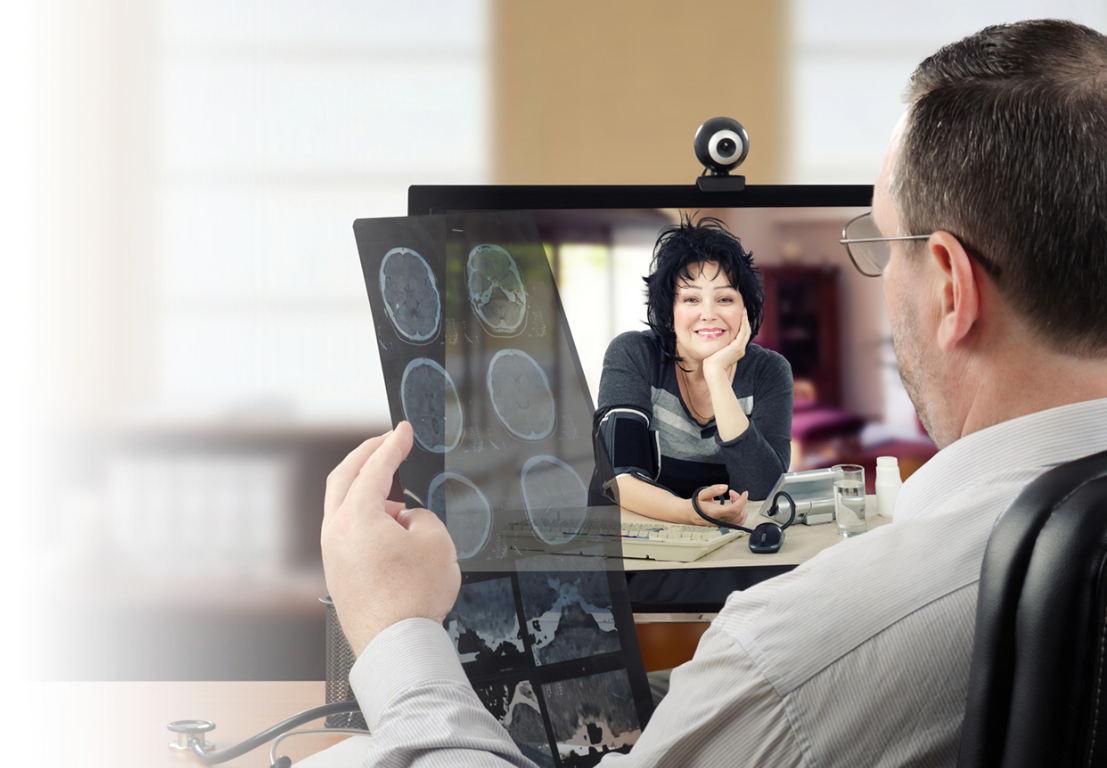How Workplaces are Leveraging Telehealth for Access Management
Posted: junio 28, 2021

Hospitals, private practices, behavioral clinics, and even prisons are all familiar with the careful tiptoe required to ensure HIPAA compliance. These and other institutions must ensure private health information is secure, and that access is restricted only to those who require it to perform their job duties. While the Department of Health and Human Services does mandate organizations to restrict access to protected health information, they also require that it is easily accessible for users in the scope of their roles.
Security measures such as multi-factor authentication using a combination of biometric data (fingerprints, optic scan, voice recognition) and PIN-based or password-protected log-in information are suggested, but are often difficult to manage. With unauthorized access potentially costing a $5.5 Million fine to the facility at fault, it's understandable that many organizations are laser-focused on remaining compliant.
Some workplaces in the healthcare industry that are considering adopting telehealth technology may be hesitant due to HIPAA concerns. How can interacting with patients over the internet - not in person - possibly be secure enough to satisfy HHS guidelines? Many healthcare workplaces have found those concerns to be unfounded. Adopting a telehealth platform with a SSO (single sign-on) can be like hitting the easy button in terms of securing patient data and maintaining appropriate access management.
A Single Sign-On is the Solution
Not only has telehealth video conferencing and administrative software connected patients and doctors all over the world, but it’s also transformed the software landscape of healthcare. Telehealth platforms offer a one-touch connection between departments and systems, uniting them into one streamlined program. A single sign-on allows users to be properly authenticated, and for the initial credentials to be stored securely. This allows access in numerous systems with one log-in. Case in point - a single sign-on provides an in-depth multi-factor authentication, without sacrificing ease of access.
HIPAA Compliance Through Advanced Encryption
During the COVID-19 pandemic, HIPAA enforcement was a little more relaxed and discretionary than during typical operations. However, as patients become vaccinated and the emergency status changes, it's a good idea to use a telehealth platform that strictly follows HIPAA guidelines and regulation, has contractual business associate arrangement, and utilizes video conference encryption.
Modern encryption methods should also be in place, including a 256-bit AES-encrypted signaling and media stream, a 256-bit SSL-encrypted administration, and a 128-bit AES-encrypted full database encryption utilizing tools like Bitlocker.
Role-Based Access, Cloud-Based Security
Telehealth platforms typically allow for assignable permission restrictions based on specific roles to ensure “minimum necessary” recommendations are met, and to protect patients’ information. Various levels of access are allowed for roles such as the account administrator, session host, clinical supervisor, and scheduler. Cloud-based software utilizing redundant servers can act as an additional layer of security.
Let’s Talk Interactive is here to answer any questions you may have about managing access to your patients’ private information. Contact us today to begin exploring how our HIPAA compliant software can help you leverage telehealth to make compliance easier than ever.